What is the best way to store tomatoes at home: useful tips
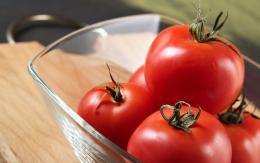
Tomatoes have firmly taken root on our table: they are used in soups, side dishes, salads and, of course, in canning. Lots of output varieties, each of which serves a specific purpose, be it ultra-early fruit or thick-skinned fruit for rolling.
Content:
Soil, varieties, planting
It is no secret that for each type of cultivation - in the open ground or in a greenhouse - there are its own varieties. And no matter how promising the inscriptions on the packaging are, it is worth remembering: Varieties for open ground in a greenhouse will not give a good harvest, and greenhouse varieties in open beds will get sick. Features of varieties grown outdoors:
- Resistant to cold and sudden temperature changes
- Short ripening period (most often early ripening)
- Small-fruited low plants
- Features of greenhouse varieties:
- Large fruits
- Late ripening
- Afraid of temperature changes
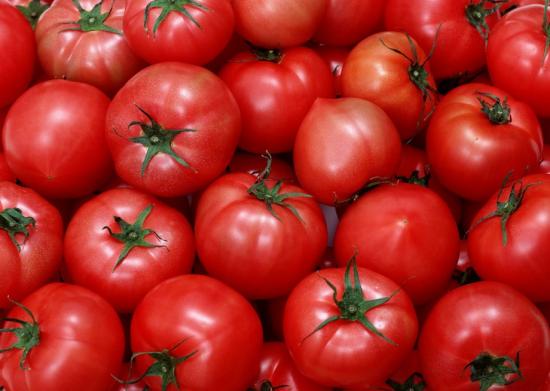
The decisive factor is seeds. Experienced gardeners have empirically determined which varieties produce the best harvest in their soil and, since last year, have taken cuttings or prepared seeds from the most productive and robust bushes. But if you decide to plant tomatoes for the first time, you should pay attention to the following factors.
Under no circumstances buy seeds from little-known producers in unknown places! There are often cases when, as a result of neglecting this point and hoping for “maybe”, not a single seed sprouted from a bag purchased sometimes for good money, which means lost money and, most importantly, lost planting time
Do not buy seedlings at markets or from grandmothers! No one knows what kind of pests can lurk on such healthy-looking plants. When choosing, keep in mind that easy-to-care, early-ripening varieties produce fruits of poorer taste and small size. The best option is varieties such as Blagovest, Yasny, Northern Beauty.
Seedlings and fertilizer
In the southern regions, you can skip the seedling stage. If your dacha is not located in one of them, read this paragraph very carefully. It is better to prepare the land in advance: light, fertile. You can dilute it with humus by adding ash. A good option is to take soil from your own beds.
ATTENTION! Tomatoes and potatoes have common pests, so for seedlings you cannot use soil that was already under these plants last year. Seedlings need to be hardened off: from about mid-March, you can take the plants out, for example, onto a glazed balcony. You can plant tomatoes in mid-April to the greenhouse.
And then in June, when it gets warm and you can plant plants in open ground, the fruits have been ripening in the greenhouse for a long time! In addition, at too high temperatures (+30 and above), important processes in tomatoes are disrupted: flowers may fall off and pollen may become sterile. And for fruit ripening, high temperature is an excellent factor. Requirements for tomato beds in open ground:
- Sunny place
- Wind protection
- Fertile, not heavy soil that has not previously grown peppers, eggplants or potatoes
- Neutral acidity, the soil needs to be fertilized in the fall, for example, with manure
- You can also use potassium chloride or superphosphate for fertilizer.
Video on how to keep tomatoes fresh:
When planting seedlings, the depth of the holes should be approximately equal to the height of the pots in which the plants were previously.
Some features of growing tomatoes
You can't wait to water
There is an opinion that watering tomatoes it is necessary no more than once a week, and after planting the seedlings should be kept without a drop of moisture for two weeks - nothing, let them harden! How many healthy bushes have been destroyed because of this. You need to water not according to a schedule, but according to common sense, that is, when the soil dries out! In different weather, different soil dries out at different speeds.
On average, it turns out that the most frequent watering is in July, and in the spring and at the beginning and end of summer, watering is less frequent.
Watered, closed, free
Greenhouse tomatoes should be watered no later than two to three hours before closing the greenhouse, otherwise rotting and the spread of diseases may begin. In addition, it is advisable to water the tomatoes with lukewarm water.
Sits deep
Is it possible to plant a tomato stem in a greenhouse so that additional roots form on it? Yes, you can. In addition, with such planting we save precious space in the greenhouse.
Collection and storage
Unlike the greenhouse method, fruits intended for long-term storage from open ground must begin to be collected at the end of July - beginning of August and continue until the beginning of September. Slightly unripe brown or yellowish tomatoes are suitable; green ones can also be picked, but the taste will be a little worse.
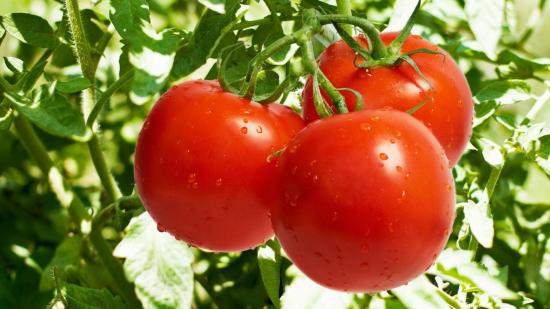
Store the harvested crop in a cool, dark room, but the temperature should not be lower than 10 degrees, otherwise rotting processes may begin. Before eating, you can take it out tomatoes into a bright, warm room - there they will ripen quickly.

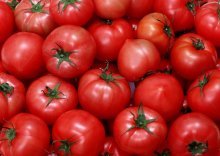

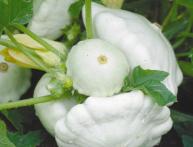
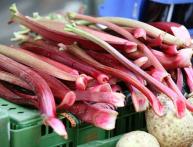

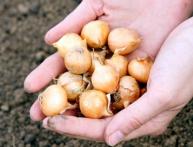
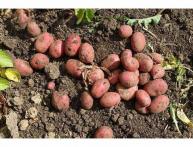


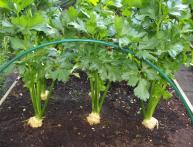
Comments
We have a summer cottage, and basically the whole process is led by my mother. She plants her own tomatoes, which she grew from seeds. If you buy ready-made seedlings, it is very expensive and you don’t know what will come out of it. And my mother’s seedlings are time-tested. The bushes are planted in the ground and watered abundantly. At first, until the seedlings take root, we water them very often, almost every day. In the future, heat will not be a problem for tomatoes. This summer we have virtually no rain, the harvest is poor for everything except tomatoes.
Tomatoes don't last that long. Now there are already methods for storing vegetables in a protective gas environment. The rotting bacteria simply won’t develop there. True, the room must be well sealed, otherwise the gas will escape.
I grow tomatoes in quite large quantities for sale and canning. I don’t store them for long, as they lose their beneficial properties and taste. If there is a small amount, then you can store it in the refrigerator, if there is a lot, then in a cool, dark place.
When storing tomatoes, I carefully sort them out, blot the wet specimens with a rag, and lay them out in one row on a special wooden flooring on the floor of the loggia. According to experience, tomatoes most often spoil because the stalk of one of them scratches the skin of another, rotting begins, which then spreads to other fruits.